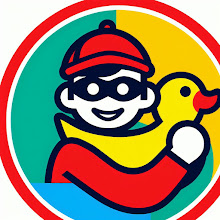To see how this works, let's consider a toy problem. Imagine that your search space consists of only six items, labeled 1 through 6. Let's say your target is item 6 and that you're going to search this space by rolling a fair die once. If it lands on 6, your search is successful; otherwise, it's unsuccessful. So your probability of success is 1/6. Now let's say you want to increase the probability of success to 1/2. You therefore find a machine that flips a fair coin and delivers item 6 to you if it lands heads and delivers some other item in the search space if it land tails. What a great machine, you think. It significantly boosts the probability of obtaining item 6 (from 1/6 to 1/2).
How many regulatory sites in the human genome?
-
The current best model of the human genome is that only 10% is functional
and 90% is junk. This model was first developed over half a century ago
(see Ju...
3 days ago
